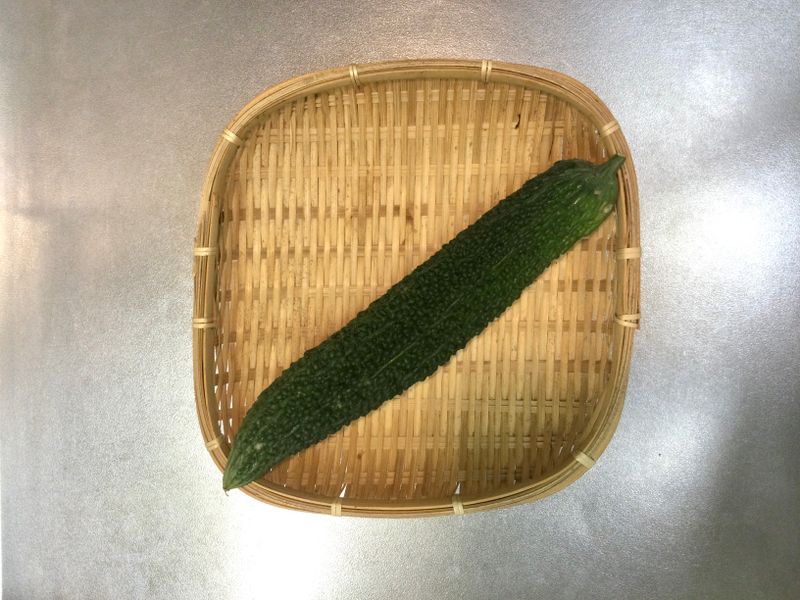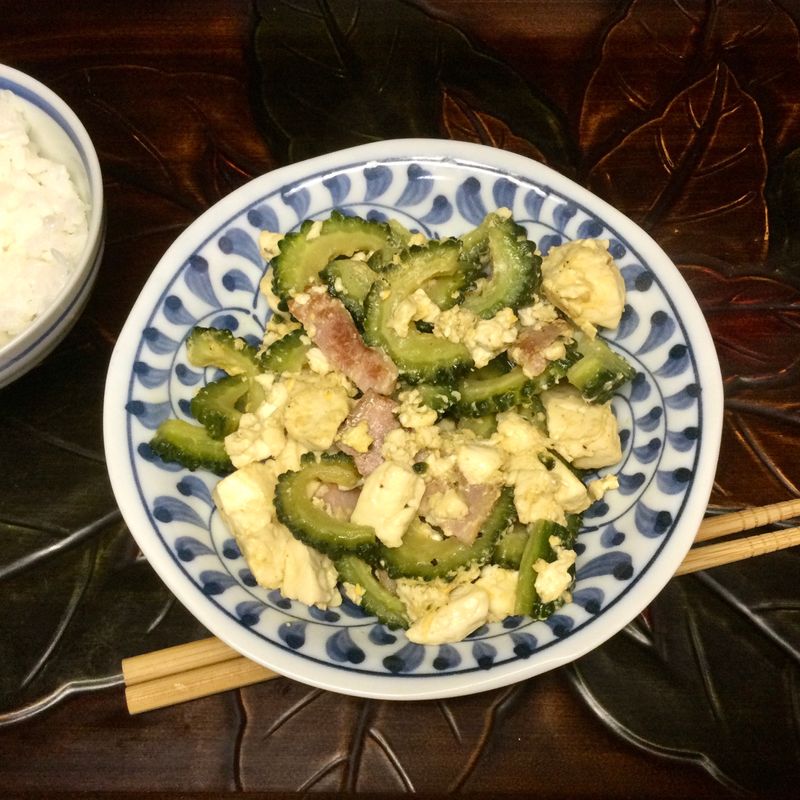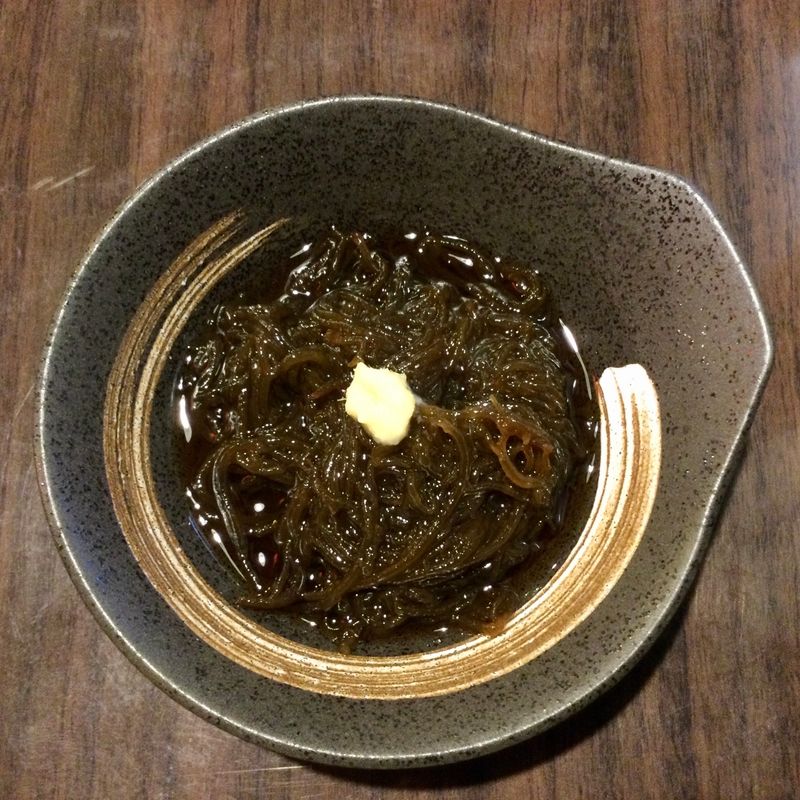Sep 2, 2022
The Okinawan Diet and Cuisine
A trip to Okinawa turned me on to Okinawan culture and the cuisine that’s said to be one of the secrets to Okinawans’ longevity. Not just longevity but continued good health into old age.
The long life Okinawans have enjoyed is attributed to more than just the cuisine. Strong community support, physical activity, and a sense of 生き甲斐 ikigai, purpose. As Genkidesu tells us, you can find a gratifying path in life anywhere in Japan. During the pandemic with a lot of time on my hands, I spent more time cooking and discovered that I enjoy learning new techniques, experimenting with ingredients, and serving food to my partner who hasn’t turned his nose up yet at the dishes I make. I enjoy it, it makes people happy, and it keeps me healthy. Why not incorporate elements of the Okinawan diet touted for its health benefits?
The Okinawan Diet
The Okinawan diet historically depended on a high proportion of vegetables and fruits, beans, and low glycemic index carbohydrates. Meat and fish are a much smaller part of the Okinawan diet in comparison to the general Japanese diet. The food tradition also preserves two conceptions of healthy eating from mainland Asia. One is cautionary - 腹八分, harahachibu, or eating only until you are 80% full which restricts caloric intake. The other is a perception of food as 薬膳 yakuzen, medicinal food. The ingredients include herbs, vegetables, and fruits that are loaded with nutrition.
My diet these days is focused on in-season produce, small portions of proteins, and rice, but I am slowly incorporating some representative Okinawan dishes and ingredients.
Goya
This bitter vegetable isn’t unique to Okinawa but it is one that most people associate with the cuisine. Goya, besides being low calorie, is high in Vitamins B, C, E, and K. It’s also high in fibre which is good for your digestion. Research indicates that a chemical in the goya helps with glucose control.

You might have tried goya chamburu at an Okinawan restaurant, but nothing beats homemade. It”s a simple dish of slices of goya, pressed tofu, pork, and light seasoning. It was easy to make. To start, salt the goya slices and let them stand for a bit before you rinse them to reduce the bitter taste. My partner loves the mild seasoning of katsuo dashi, soy sauce and ground pepper.

Mozuku
When my partner and I saw this on the menu of a local izakaya, we had to have some. Don’t be put off by the texture. Chilled mozuku dressed with a little vinegar and grated ginger is cooling, tangy and a little sharp which goes down great in the summer. The fucoidan it contains is an anti-inflammatory and immune booster. While I haven’t prepared it at home, it’s one food from Okinawa that I look out for at restaurants.

Beniimo
Before rice and bread were widely available in Okinawa, the carbohydrate of choice was sweet potatoes. One variety you can find in savory dishes, sweets, and even ice cream is 紅芋 beniimo, the purple sweet potato. Sweet potatoes are high in vitamins, fiber, potassium, and iron. They’re a good alternative to rice or wheat bread. If you can’t find them in your region, a good approximation, and also delicious, is さつま芋 satsumaimo, which has a purplish skin and golden interior.
Do you like Okinawan food? What dishes do you like? Does your diet resemble the Okinawan diet?



2 Comments
genkidesu
on Sep 2
I love beniimo! We have used them to make potato and leek soup before instead of regular old potatoes. Honestly, it looks kinda weird (pureed purple stuff isn't something you see every day!) but it tastes good! I've also thrown it in Japanese curry before. If I'm being honest though, my favorite Okinawan food is chinsuko! I don't know how much I'm doing for my longevity with that!
TonetoEdo
on Sep 2
@genkidesu When you consider borscht which could be beetroot or cabbage, beniimo in potato leek soup isn't so weird, right? After all, borscht is a pretty unusual color. I must admit, when I visited Okinawa I indulged in chinsuko and sata andagi sweets. Scrumptious!